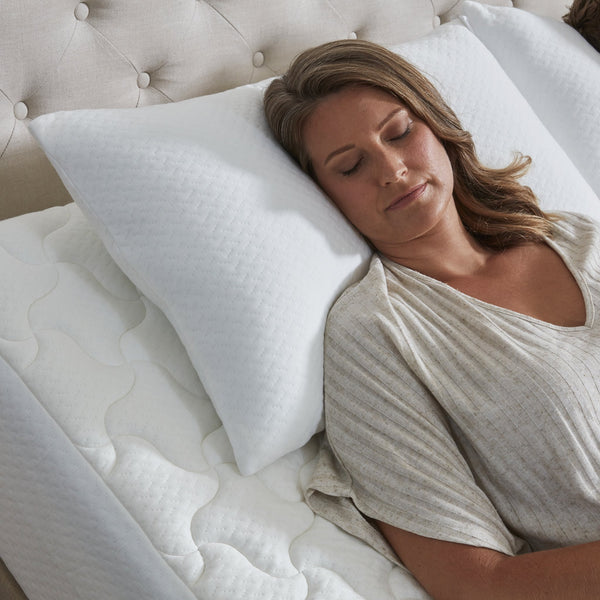Sleeping medications are divided into two main categories: prescription and over the counter. Taking sleeping medications should be a last resort, as they can cause unwanted side effects, may be addictive, and can compound the problem if used for a prolonged period of time.
Here’s what you need to know.
Here’s what you need to know.
Prescription medications for sleep
Benzodiazepines are the most commonly used prescription medicine for sleep. When people talk about “sleeping pills” they are generally referring to a benzodiazepine. Halcion, Temazepam and Xanax belong to the benzodiazepine family of drugs. These pills are generally effective in inducing sleep, but can produce a groggy sensation the following day. They can also be habit forming, leading to further insomnia coupled with withdrawal symptoms such as anxiety and/or headaches when the medication is discontinued. These drugs are not generally recommended for long term use due to these issues. Research has indicated they affect women more than men. They may be helpful occasionally, such as during a long-distance flight or for the odd night during a time of extreme stress.
Antidepressants can have a sedative effect, particularly the older style, tricyclic type including Doxepin, Amitriptyline and Nortriptyline. Treating depression can resolve insomnia by correcting a deficiency in serotonin, which affects levels of melatonin, the sleep hormone. Antidepressants are not considered to be habit forming, but they must be taken strictly as directed and should not be discontinued without medical supervision.
Over the counter (OTC) medications for sleep
Over the counter (OTC) medications for sleep
Most over the counter sleeping medications are antihistamines. This includes nasal decongestant tablets, which sometimes have a “night” formulation. These medications have been assessed as safe enough to sell without a prescription, however they can still cause drowsiness the following day and it’s important to stick to the recommended dose.





Leave a comment: